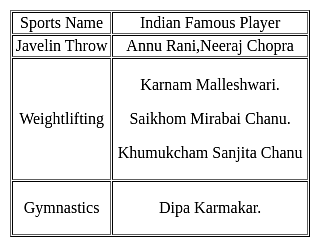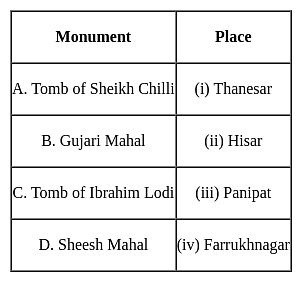HSSC TGT Science Mock Test - 4 - HSSC PGT/TGT MCQ
30 Questions MCQ Test - HSSC TGT Science Mock Test - 4
Which of the following is not a major pollutant which causes soil pollution?
Which of the following types of soil has the property of 'self-ploughing'?
Which will be the correct sequence for planning a school assembly?
I. Organize and address the assembly
II. Plan the assembly, motivate and involve students
III. Identify themes or topics for addressing school assembly
IV. Reflect on the assembly and usefulness of the theme for the students
V. Evaluate the assembly by collecting feedback from teachers and students
The school head has the responsibility to initiate the process of a school development plan. During this process, s/he should not:
If the velocity of an electron in Bohr’s first orbit is 2.19 x 106 m s-1, what will be the de Broglie wavelength associated with it?
In which of the following reactions H2O2 acts as a reducing agent?
It is necessary to use satellites for long distance TV transmission because
Which among the following is incorrect about numerical taxonomy?
Which classes of algae possess chlorophyll a, chlorophyll c, carotenoids and xanthophylls?
A thin prism P1 with angle 4° and made from glass of refractive index 1.54 is combined with another thin prism P2 made from glass of refractive index 1.72 to produce dispersion without deviation . The angle of prism P2 is:
An association between two individuals or populations where both are benefitted and where neither can survive without the other is
The kinetic energy of an electron in the second Bohr orbit of a hydrogen atom is (a0 is Bohr radius)
[AIEEE 2012]






















